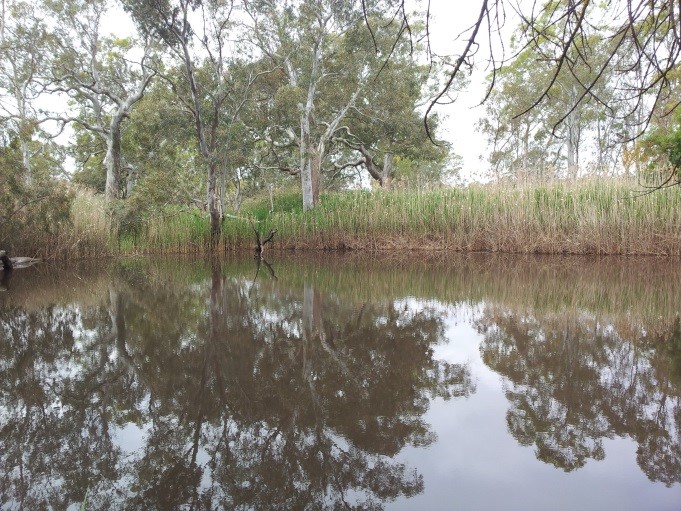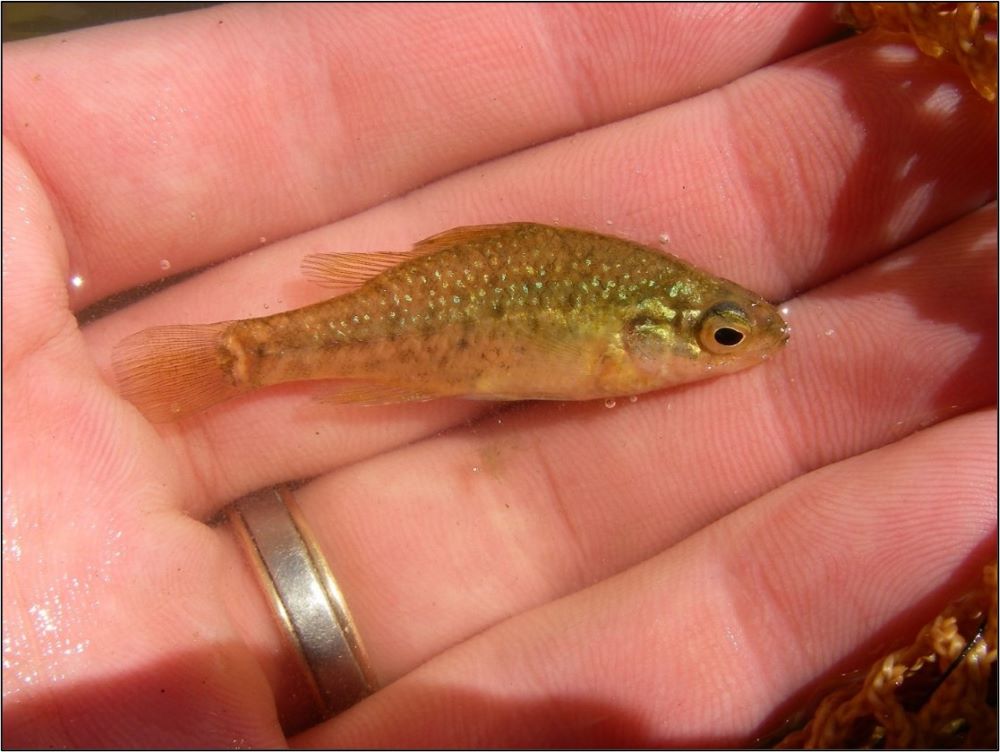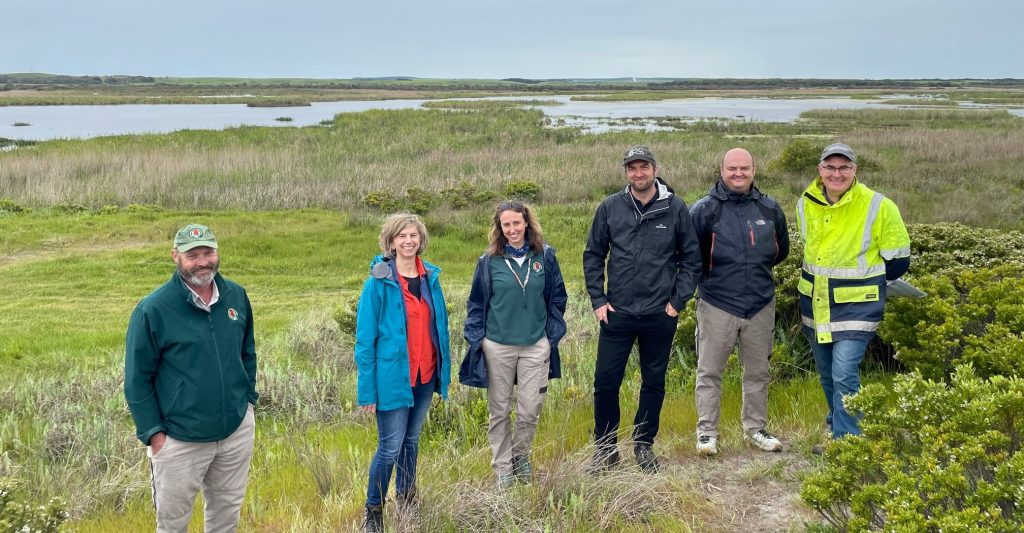Having a chat on ABC radio for World Wildlife Day, and touching on the issue of declining groundwater in South East SA
A few weeks ago (on Sunday 3rd March) we celebrated World Wildlife Day, and to mark the occasion this year I caught up with Rod Sparks on his Weekends Program on ABC South East SA.
In a wide-ranging chat that included topics like environmental change, recovery of threatened species and modern technology that is assisting us with wildlife monitoring, we also touched on the issue of declining groundwater in the near-border zone between South East South Australia and South West Victoria.
You can listen to the whole interview, by hitting play in the audio player below:
In the interview, I referred to the example of the previous loss of permanent year-round baseflows in Mosquito Creek (which is the catchment for the Bool Lagoon Ramsar site) from about 20 years ago, which led to the eventual local extinction of threatened fish from this catchment (you can read a story by Lachie story about the last blackfish caught in Mosquito Creek here, noting that this list of missing species now also sadly includes the Yarra Pygmy Perch).


Coincidentally, it was only a week or two later, when I got a bit of a surprise to see that this trend has now spread to what was historically one of the most reliable areas of the region for groundwater spring flows.
In this story published on-line by the Advertiser, we learned that the Feast family property next door to Pick Swamp and the Piccaninnie Ponds Conservation Park (which also a Ramsar wetland of international significance), is currently experiencing their first ever ‘cease-to-flow’ event from this spring in their history on the property, which goes back to the 1880s. If you don’t have an Advertiser subscription, you can also read the story in the pdf viewer below.
The surprising thing about this change is that it comes off the back of a generally cooler and wetter climatic period for the past few years, including a run of a few milder summers, but as locals will know, it does coincide with the recent hotter, incredibly dry period we have experienced over the past few months.
Unfortunately this drying trend is not a new thing, as increased groundwater extraction since the 1990s in the lower South East has seen the gradual loss of summer baseflows from most of the once-permanent springs around the coastal zone south of Mt Gambier. The general trend began with many smaller springs west of Port MacDonnell seasonally drying up and has been gradually working its way east towards the much larger springs in the Eight Mile Creek Swamp and Piccaninnie Ponds wetland systems. The trend has already culminated with the first ever recorded cease-to-flow event from the main Piccaninnie Ponds outlet a couple of years ago, where a lack of turnover is now driving excessive algal growth in the ponds, reducing visibility (in the previously crystal-clear water) and causing a dramatic decline aquatic vegetation health.
Why does this matter?
Well, every time a spring goes dry for the first time, there is a good chance that another outlying threatened fish or crayfish population that has been hanging on, will be permanently lost. Examples of nationally threatened species that rely on the habitats formed by permanent spring discharges in the karst springs south of Mt Gambier include the Glenelg Freshwater Spiny Crayfish, Yarra Pygmy Perch and Variegated Pygmy Perch. You can learn more about the general story of the aquatic species that depend on our karst springs here, and why karst spring habitats are important here.
The state of our springs also matters because these species and habitats offer us a form of ‘early warning’ that the groundwater system is under strain, and in need of attention. There are some useful lessons to be learned internationally, including scenarios that we’d be well advised to avoid, like the dire groundwater situation in Türkiye.
This whole topic presents a big policy challenge for the region, as we grapple with the combined and compounding effects of artificial drainage, long-term changes in land-use to higher water-use industries, increased rates of groundwater extraction for irrigated agriculture, and climate. The good news is that there are changes that can be made to improve the situation, from both a policy perspective and on the ground (as the case of Pick Swamp, below, demonstrates), so it is not yet too late to turn things around.

